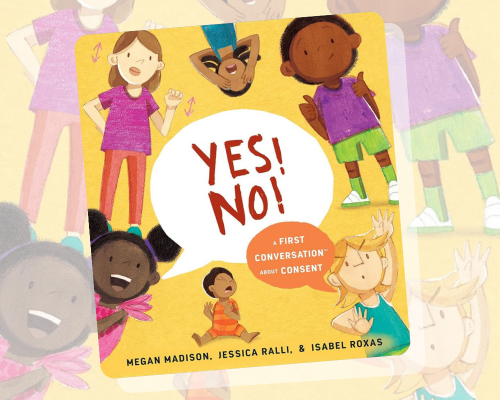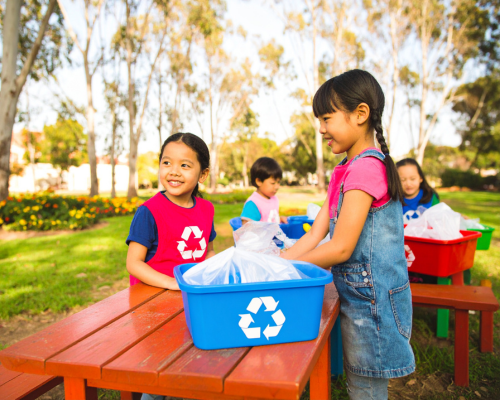Play is no stranger to those working in the early childhood education and care sector. In fact, it is celebrated as a core right of all children. For those working in allied health, such as occupational therapy, play is equally vital, a central element in supporting children’s growth, wellbeing and development.
Recently, we had the privilege of working with Cath Fitzhardinge, an occupational therapist and nature play specialist, to delve more deeply into outdoor play. Together, we explored how educators can use reflective tools to identify gaps and opportunities to make outdoor play even better.
Play as Occupation
In occupational therapy, play is the occupation. It is not seen as an “extra” activity, but as something children need to do, must do and want to do. While adults often associate occupation with paid employment, for children, their most important and meaningful occupation is play.
This lens invites educators to reflect on their own childhood play. What did you do most as a child? Where did you spend your time? Who were you with?
For many adults, these reflections reveal outdoor spaces filled with freedom, risk-taking and autonomy. These memories highlight just how powerful and formative outdoor play can be.
Outdoor Environments as Learning Spaces
Outdoor environments in early learning and OSHC services provide rich opportunities for reflection and growth.
By considering how children use these spaces, how they move through them and what types of play unfold, educators can begin to identify gaps and possibilities.
Thoughtful reflection may reveal opportunities to:
- Offer risk-taking that children may not experience outside your service.
- Create spaces that encourage independence, curiosity and imagination.
- Ensure environments support a balance of active, quiet, social and solitary play.
These intentional changes not only enhance children’s outdoor experiences but also nurture dispositions of lifelong learners: resilience, persistence, compassion and confidence.
Building 21st Century Skills Through Outdoor Play
When supported and reflected upon, outdoor play provides more than physical benefits. It fosters essential 21st century skills such as critical thinking, problem-solving, innovation, communication and collaboration. These skills prepare children to become active citizens who can adapt, connect, and contribute meaningfully to society.
As educators, our role is to see outdoor play not as “free time” but as a space where these dispositions and skills are actively built.
Tools for Reflection
To guide this work, the Tool for Observing Play Outdoors (TOPO), developed by Loebach and Cox (2020), provides a structured way to observe and analyse children’s outdoor play behaviours. This tool helps educators capture data on what play is happening and importantly, what play may be missing.
Using this data, educators can reflect on questions such as:
| What types of play are underrepresented? |
| Which spaces need enhancing to invite more diverse play? |
| Are outdoor areas inclusive and accessible for all children? |
| How can sustainability and inclusivity be strengthened through outdoor design and practice? |
Reflection at All Levels
Critical reflection can take place both individually and as a team. Within a service that supports children of varying ages, abilities and stages of development, educators have a unique opportunity to excel in this process. Group discussions can highlight service-wide practices and philosophy, while individual reflection allows educators to fine-tune their own approaches and interactions.
It is also important to reflect with both the group of children and the individual child in mind.
- At the group level, educators might consider how the outdoor environment supports shared play, collaboration or opportunities for risk-taking across different age groups. Are all children equally included in outdoor play? Are there enough spaces to cater for social play as well as solitary exploration?
- At the individual level, reflection means noticing how each child engages with the outdoor environment. Does a child gravitate toward certain areas and avoid others? Are there barriers preventing full participation? What adjustments or invitations might help extend a child’s play and learning?
By thinking deeply at both levels, we strengthen not only our programs but also our advocacy for children’s right to safe, engaging and inclusive play environments. Outdoor play is far more than a daily routine, it is a powerful, formative experience that helps children grow into confident, capable and connected learners.



